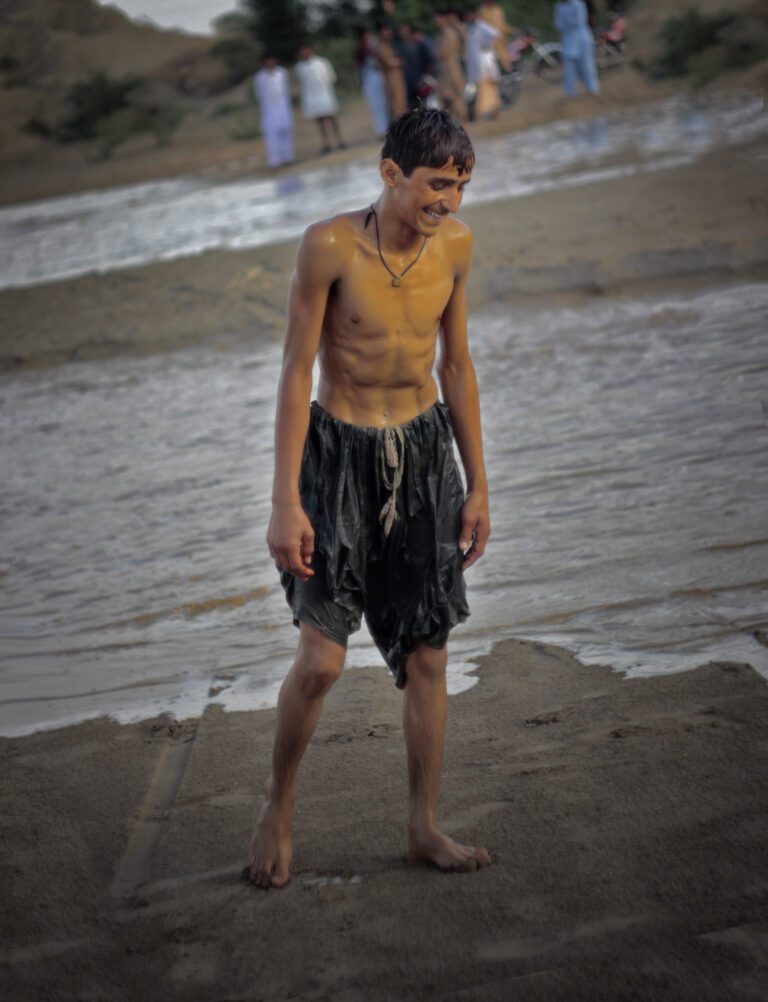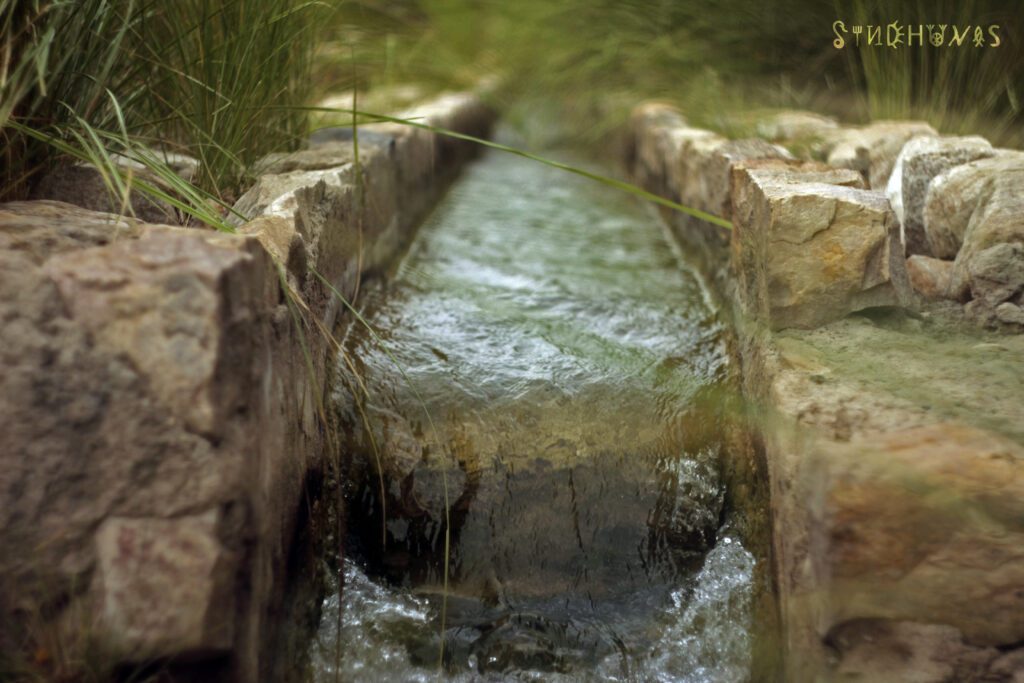
The forgotten blessing
Rod Kohi | The flash waters
For centuries, the people living in the piedmont plains of the Koh e Sulaiman range, spanning South Punjab and parts of eastern Balochistan eagerly awaited the Roh Kohi with prayers and anticipation. These flash floods, born from monsoon rains in the mountains, once brought life to the arid lands. “Rod” means river and “Koh” means Mountain in the local Balochi and together the word Roh Kohi means the Mountain river. It was the metaphor of Hope for life as the water for crops, replenished aquifers, and a short season of abundance in an otherwise dry world.
Historical records show that the traditional Rod Kohi irrigation system which is known as Spate irrigation system too, was the first and foremost irrigation system of the Indus valley civilization practiced for over 13,000 years. It was a community-managed method of guiding these floodwaters through earthen channels into fields. Local farmers built bands and Tarais (small dams) to regulate flow. The system supported nearly 800,000 hectares of agriculture across Dera Ghazi Khan, Dera Ismail Khan, and Rajanpur.
But everything changed in the late-19th century
As the British Raj expanded its empire in the Indian subcontinent, it introduced the Indus Basin Irrigation System the largest contiguous irrigation system in the world. By the early 20th century, a network of canals, barrages, and weirs had re-engineered the natural hydrology of the region. These projects diverted the Indus and its tributaries across Punjab, favoring perennial irrigation over flood-based systems.
The Roh Kohi system was sidelined, dismissed as primitive. Colonial administrators like Sir Colin Scott-Moncrieff, who led irrigation reforms, prioritized canalized agriculture in central and upper Punjab. In doing so, the floodplains downstream of Koh sulaiman, once designed to absorb and benefit from seasonal torrents were left vulnerable. Natural drainage was obstructed, bunds fell into disrepair, and the knowledge of flood-channeling was lost to a generation raised on canal-fed farming.
Now, twice a decade, the flash waters drown the most of the landmass of south Punjab, North Sindh and Eastern Balochistan. Now the water doesn’t nurture but destroys.
In 2022, record monsoon rains and glacier melt brought catastrophic flooding to South Punjab and Balochistan. Rajanpur and Dera Ghazi Khan districts were inundated. The hill torrents, especially from Sanghar, Vador, and Vahowa torrents, broke embankments and submerged entire towns. Over 1.1 million people were affected in Dera Ghazi Khan Division alone. Flash floods that once irrigated fields now drown homes, livestock, and livelihoods.
Yet, oddly, the people still celebrate Roh Kohi.
In all the piedmont villages across region, festivals like Sawan Mela and traditional songs still honor the first arrival of torrent water. For many, the memory of when Roh Kohi was a lifeline hasn’t died. It is nostalgia wrapped in ritual of a celebration.
How tragic that what was once revered as the “arrival of life” has become an source of destruction, largely because of decisions made in colonial boardrooms over a century ago.
And yet when the hope lingers in collective memory, we believe that the wisdom of the past still holds an answer. Ecoist with collaboration of renowned water researchers is revisiting the Rod Kohi system as a climate-adaptive, regenerative water management practices.
Must visit the Re’crater

